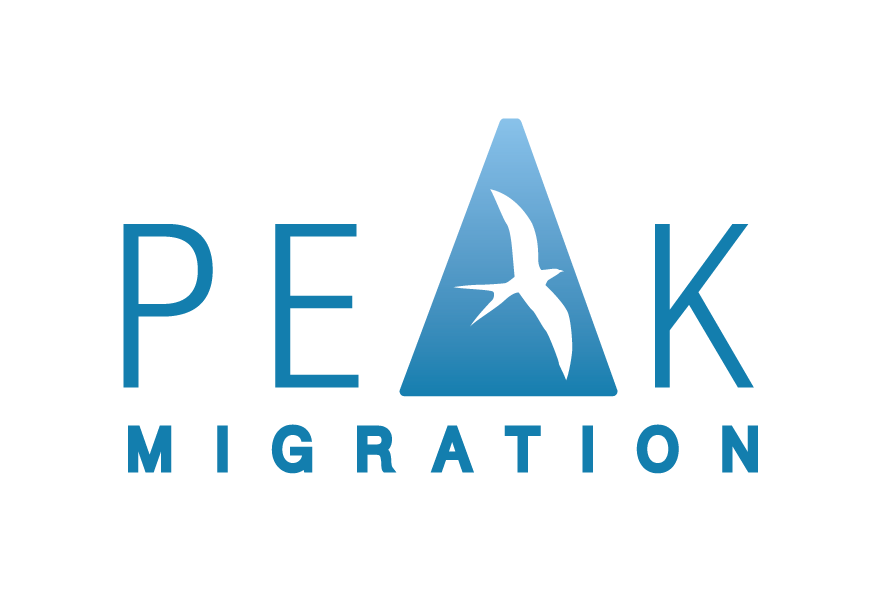Work experience loophole closed for 186 visas under the Temporary Residence Transition stream on 29 November 2025
/The subclass 186 – Employer Nomination Scheme visa is one of the most important permanent visas in Australia’s migration system. This is because it is the only employer-sponsored permanent visa, legacy subclass 187 – Regional Sponsored Migration Scheme visas aside.
Unlike the subclass 189 – Skilled Independent visa and subclass 190 – Skilled Nominated visa, 186 visa applications are not subject to the chances of invitation rounds or the whims of the states and territories, who have limited numbers of invitations to give and generally impose additional requirements.
While 186 visas are subject to yearly caps, they are not part of the Expression of Interest system, which is a cornerstone of how 189 and 190 visas operate. Therefore, any application lodged must be assessed according to the criteria and either approved or refused. With a limit on the number of 186 visa applications to be approved each year, 44,000 for 2025-26, the highest number of any visa, when that limit is reached, applications are pushed to the next program year. This is kicking the can down the road, and it is little wonder that processing times have blown out recently.
When Australia’s immigration numbers is a political touchpoint, the only way of effectively reducing the number of 186 visa applications, and almost all other visas, is to change the criteria. For instance, if the English language test scores were increased from competent to proficient English for the primary applicant, there would naturally be fewer applications. The government’s policy has, however, gone the other way.
Their aim was to reduce Australia’s temporary workforce. A part of this policy was changing important criteria for the 186 visa under the Temporary Residence Transition stream. This stream is primarily used for sponsored temporary subclass 457 – Temporary Work (Skilled) or subclass 482 – Temporary Skill Shortage, or subclass 482 – Skills in Demand visa holders, who have worked in Australia for at least 2 years to then progress to a permanent visa.
One criterion for this stream is clause 186.227. Aside from independent contractor occupations, which are medical practitioners and general managers and have similar requirements, primary visa applicants must have been “employed in an occupation in relation” to which a certain visa, or visas were granted. These visas are:
a Subclass 457 (Temporary Work (Skilled)) visa;
a Subclass 482 (Temporary Skill Shortage) visa;
a Subclass 482 (Skills in Demand) visa;
if the last substantive visa held was an abovementioned visa - a bridging visa granted on the basis that the person was an applicant for an abovementioned visa, or a subclass 186 – Employer Nomination Scheme visa or a subclass 187 – Regional Sponsored Migration Scheme visa.
The period of employment must be for a total period of at least 2 years, with unpaid leave not counting, in the immediate 3 years before the application is made.
Previous requirements were that the primary applicant must have worked for their nominating employer for at least 2 years in the immediate 3 years, and before this the requirement was to have worked for at least 3 years in the immediate 4 years with their nominating employer.
Because the occupation must be in relation to a visa approved, this does not allow secondary visa holders, such as a partner of a primary 482 visa holder, to be eligible.
However, as the government allowed work in any occupation within reason and for any employer for up to 180 days at a time and a total of 365 days as the holder of a 482 – Skills in Demand visa and when they have ceased work for their sponsor as part of reforms to visa condition 8607, a primary 186 visa applicant could claim work experience during this period of not being sponsored if it is in the same occupation.
From 29 November 2025, this will no longer be the case. According to the amending instrument the clause will then read that they must have been “employed in an occupation by an approved work sponsor to which the visa, or visas, …, were granted”. An approved work sponsor is defined in section 5 of the Migration Act 1958 (Cth) and regulation 2.58 of the Migration Regulations 1994 (Cth) and include standard business sponsors, parties to a labour agreement, and temporary work sponsors.
However, as there must be a relationship between the sponsor and the visa granted, only standard business sponsors or parties to a labour agreement will qualify as temporary work sponsors cannot nominate for a 457 or 482 visa.
The Explanatory Memorandum admits this potential oversight and confirms that this is to “ensure that the work experience undertaken for a sponsoring employer is at the appropriate skill level and in the occupation claimed by the applicant”.
The instrument also adds provisions that were available under the subclass 482 visa’s former name, Temporary Skill Shortage, that were not available under its current name, Skills in Demand. This includes:
powers to cancel a 482 visa when the sponsor has been cancelled or barred, failed to satisfy a sponsorship obligation, given false or misleading information, or their labour agreement has been terminated, suspended or ceased,
identifying primary and secondary Skills in Demand sponsored people in nomination applications,
adding Skills in Demand visa holders as a person who pays travel costs will cease if they leave Australia as Bridging visa B holders, and that visa ceases, and
adding Skills in Demand visa applications as reviewable decisions to the Administrative Review Tribunal, where the visa applicant was outside Australia at the time the application was made.

